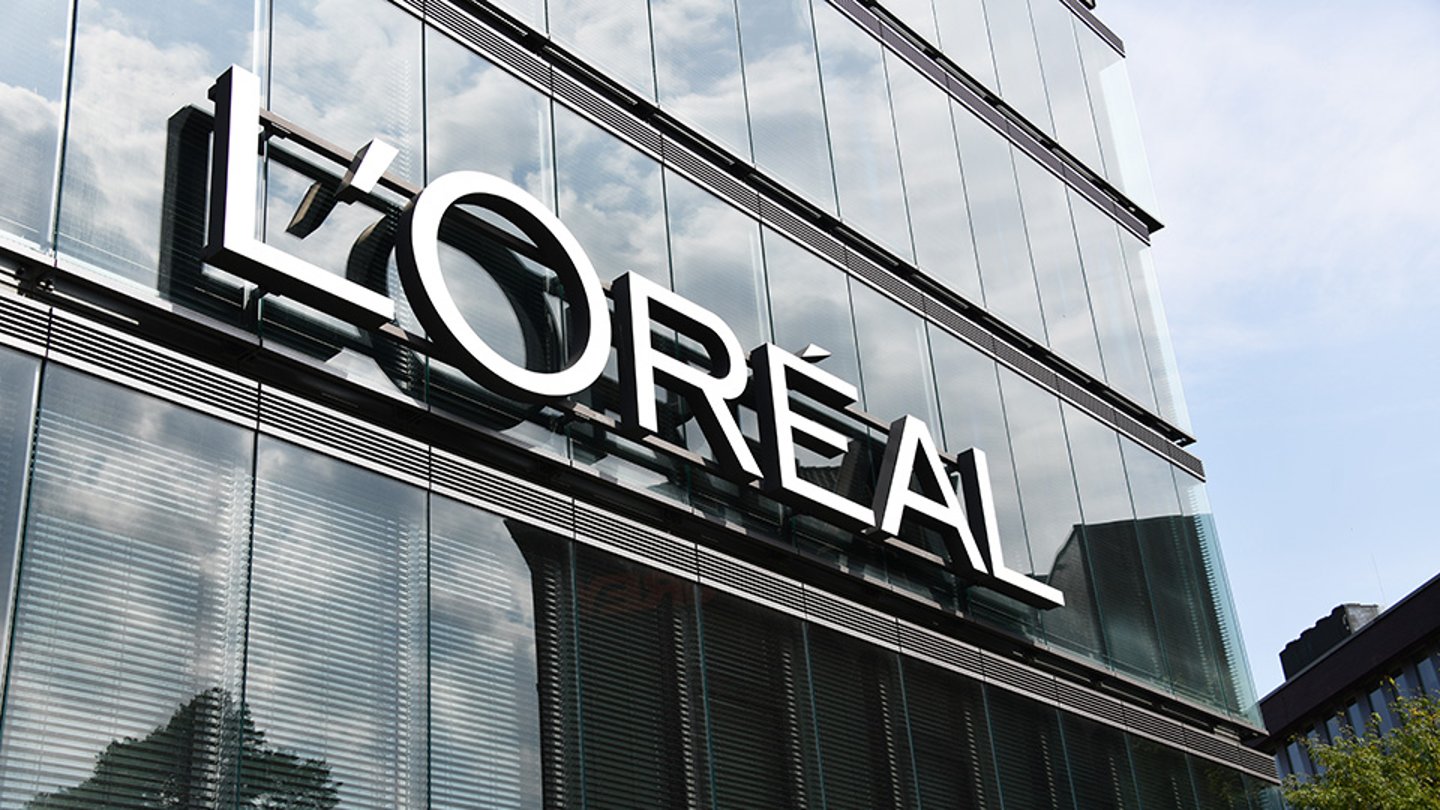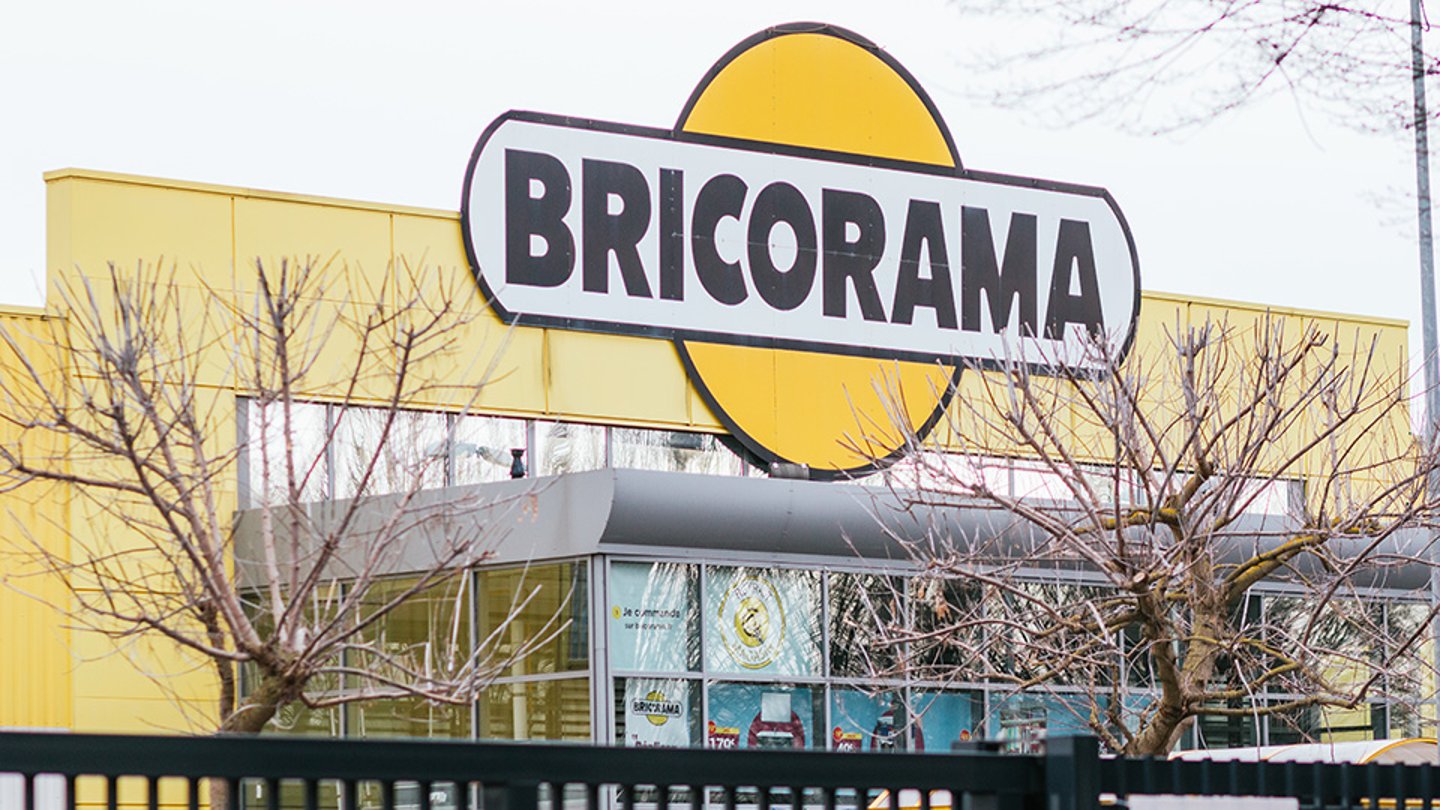How Bot-to-Bot Retail Experiences May Impact CPGs
While chatbots aren't new to retail experiences, today’s newest digital assistants, empowered by search engines infused with generative AI, are poised to transform the online shopping experience and significantly impact how consumer decisions are made.
As a result, creating interactive and personalized retail experiences that can be scaled are finally becoming a reality, according to industry members CGT spoke with, thanks in part to bot-to-bot models.
Accenture predicts that within the next year or so, CPGs will be using a variety of tools to further enhance the online shopping experience, such as contextually-based searches that will allow consumers to extract information in a way that will be far more relevant to them as they shop, according to Oliver Wright, managing director of strategy, consumer goods, and services at the firm.
“When you’re doing searches, you’ll see prompting with ideas that will be closer to what you’re looking for,’’ he says. “That will happen naturally.”
It’s centered upon retailers using their AI tools to create a better search journey for their consumers, agrees Liz Papasakelariou, head of consumer products at Publicis Sapient. citing Google’s search generative experience (SGE) as an example.
Launched last year, SGE uses more powerful large language models than Google’s BERT to improve quality and organize information more efficiently, according to the company.
Learn more about how generative AI is impacting retail and CPG strategies at Analytics Unite, being held May 1-3 in Chicago.
This is important for companies, retailers, and brands to better inform the search journey, which helps position them better to ensure they have the right content and engagement for consumers, Papasakelariou says.
It’s not just Google — major retailers including Walmart and Amazon are infusing their search engines with generative AI, Wright notes. That way, rather than typing in a search term and getting an item close to what you’re looking for, consumers will find more precise results.
Amazon’s Rufus, which launched in beta in February, is described by the retail giant as “an expert shopping assistant.” It’s been trained not only on Amazon’s product catalog but also other information online, and it can answer shoppers’ questions on their needs, products, and comparisons, making recommendations using this context.
Early Brand Examples
Exploration for more sophisticated bots abound: L’Oreal unveiled Beauty Genius in January, AI technology that offers beauty advice, skin diagnostics, and personalized products from its brand. Consumers can try recommended products virtually, including skin, makeup, and hair care products, with the tech designed to help them make more informed purchasing decisions.
During a CES press conference, CEO Nicolas Hieronimus noted that the company leveraged its vast data sets to create the tool to improve the customer experience, adding that “70% of consumers feel overwhelmed by the number of products available.”
French-based home improvement retailer Bricorama developed a GenAI-powered conversational shopping assistant called “pAInt,” to interact with and guide customers through every stage of their painting projects.
These bots will, in effect, “take on more of the brain space,’’ says Wright. (Bricorama partnered with Accenture for the initiative.)
The shopping experience is moving from buying from a digital channel to one that’s AI-assisted, more proactive and instructive, and increasingly more tailored to the consumer as an individual, he notes.
Action Items for CPGs
In the conversational AI space, two things are expected to happen: One is that bots will provide support to the consumer, but they are still heavily involved in the retail experience. Or, in a bot-to-bot model, the consumer enters parameters that query the bot of a retailer or manufacturer, and it will take care of the transactions, Wright says.
The bot will ask the consumer for personal information, as well as how much they want to delegate of their shopping experience. It will then use that info to interact with a manufacturer’s or retailer’s bots to provide information all the way up to the purchase.
“There are a lot of items you don’t necessarily want to think about — you just want to make sure they get to your house when you want them,’’ Wright says.
For example, if a consumer wants to do a query on skin cream, they could ask a question about the properties to look for in a skincare product. The search engine will then scan all the potential brands that meet the criteria and make product recommendations. Traditional searches on Google provide this information, but in a more limited way, Wright says.
“Manufacturers will have to work out how [to] make this information as readily available as possible, so when the searches come up, their products are authentically accessed in searches,’’ he says. “It will be harder for them to do old-style marketing because of the breadth of searches among the engines themselves.”
Papasakelariou echoes that, saying CPGs must respond to consumer adoption of conversational AI tools. “They need to get going,’’ she stresses. “They need to think about how they are harnessing their data so they can better inform how they serve content and talk to their consumers and go to market.”
The next opportunity for CPGs is to use conversational AI to take advantage of retailer data. They can use pre-trained LLMs to generate insights by asking more open-ended questions, Papasakelariou says.
“It’s a bit of what they need to do to be able to stay within the search consideration,’’ she says. “Because organic traffic will eventually take a hit, brands need to beef up all their product content … So they need to think about [if] they have the right resources in places to stay in the conversation.”
CPGs must also understand that if consumers are starting to use bots to make decisions, “it’s likely the bot will bypass traditional marketing messages,” says Wright. “The GenAI model will look at the vast range of information out there, including all the consumer reviews it can get its hands on” to get a more balanced view of a product.
“The idea is [the bot] should be much better at recommending the product or experience that’s best for you,’’ he adds, “and that may well not be the product you’ve been using for the past 10 years.”
As a result, it may become harder for CPGs to ensure their product is going to win in a world where the bot-to-bot model is becoming a material part of the consumer decision-making process.
“If your product is actually not the most superior product available, it’s going to be much harder to hide behind very sophisticated marketing,’’ he notes.
The bottom line is that the changing face of search will add a new level of complexity in how manufacturers communicate their brands.
“The benefit to consumers is that it is going to enable them to better understand truly what is the best product or service for them, so that’s a positive thing,” says Wright. “But it means the manufacturer is going to have to make sure their product is the best for the price.”
If their product is inferior to what their competitors have, “this will make it very easy for consumers to do very simple comparisons.”







